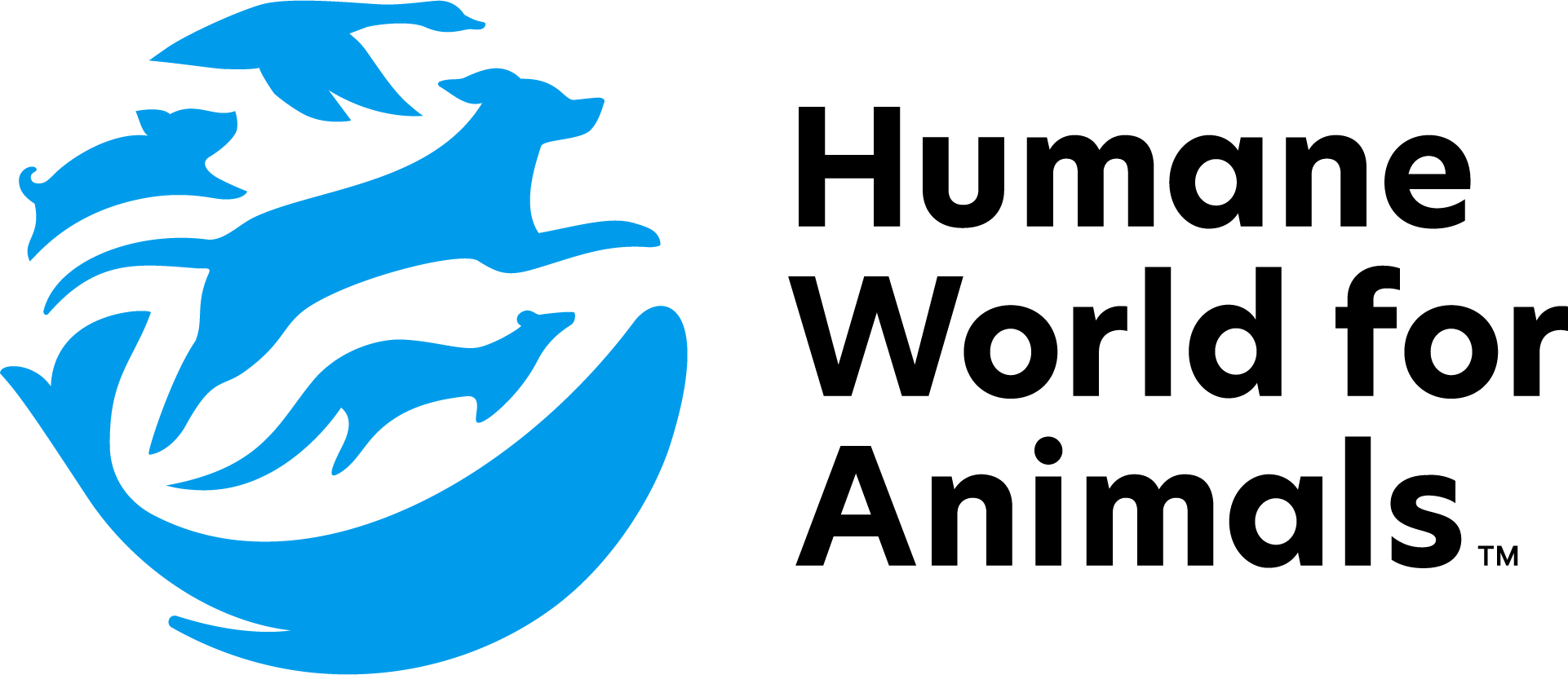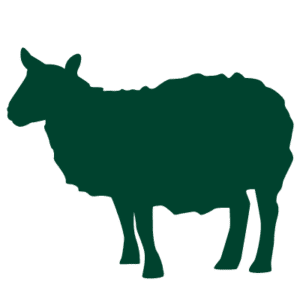Donald and Deborah Anderson are the owners of Waterloo Station, a property situated in Matheson, New South Wales. The property is used for agriculture, predominantly livestock and tourism hosting farm-stay accommodation. Waterloo Station is committed to remaining a thriving agricultural and tourism enterprise while actively contributing to the protection and conservation of native vegetation and wildlife. The owners of Waterloo Station believe that sustainable land management practices can harmonise with productive farming and tourism activities. By preserving native grasslands and woodlands, Waterloo Station provides essential habitats for local fauna and maintains the ecological balance crucial to the region. Implementing invasive weed control, replanting native species, and fostering eco-friendly tourism initiatives are central to the approach of the owners of Waterloo Station. This ensures that the land supports biodiversity while continuing to be a valuable resource for both agricultural production and visitor engagement.
Waterloo Station spans 1520 hectares in size. The property is located between Glen Innes and Inverell in New South Wales and is part of the New England Tablelands, which features diverse vegetation types due to its elevation, soils, and climate. The property is covered by the vegetation classes of Northern Tableland Dry Sclerophyll Forests (Western New England Ranges Orange-Gum Blackbutt Forest and Western New England Box-Tumbledown Gum Grassy Forest), Tableland Clay Grassy Woodlands (New England Ribbon Gum Grassy Forest) and New England Grassy Woodlands (New England Hills Stringybark-Box Woodland). Vegetation likely found on the property are Eucalytpus species such as stringybarks, white gums, box species and red gums, yellow box (Eucalyptus melliodora), white box (Eucalyptus albens), kangaroo grass (Themeda triandra), wallaby grass (Rytidosperma spp) as well as other mixed native grasses.
The mixture of pastures, woodlands, and waterways at Waterloo Station provides habitat for various species. Eastern grey kangaroos (Macropus giganteus) are common in open grasslands and paddocks, brush-tailed rock wallabies (Petrogale penicillata) are often found in wooded areas adjacent to farmland, brush-tailed possums (Trichosurus vulpecula) are active at night and often seen in trees, short-beaked echidnas (Tachyglossus aculeatus) can be found foraging for ants and termites in paddocks and bushland. Platypus (Ornithorhynchus anatinus) are also found in the creek on the property. Birds found on the property include bowerbirds, currawongs (Strepera spp.), crimson rosellas (Platycercus elegans), king parrots (Alisterus scapularis), curlews (Burhinus grallarius), galahs (Eolophus roseicapilla), kingfishers (Alcedinidae), sulphur-crested cockatoos (Cacatua galerita), wedge-tailed eagles (Aquila audax), tawny frogmouths (Podargus strigoides), Australian magpies (Gymnorhina tibicen) and laughing kookaburras (Dacelo novaeguineae). The bird habitat is observed by the many visitors to the property, where they are seen either foraging in the open paddocks or feeding on seeds and grubs in the wooded areas.


